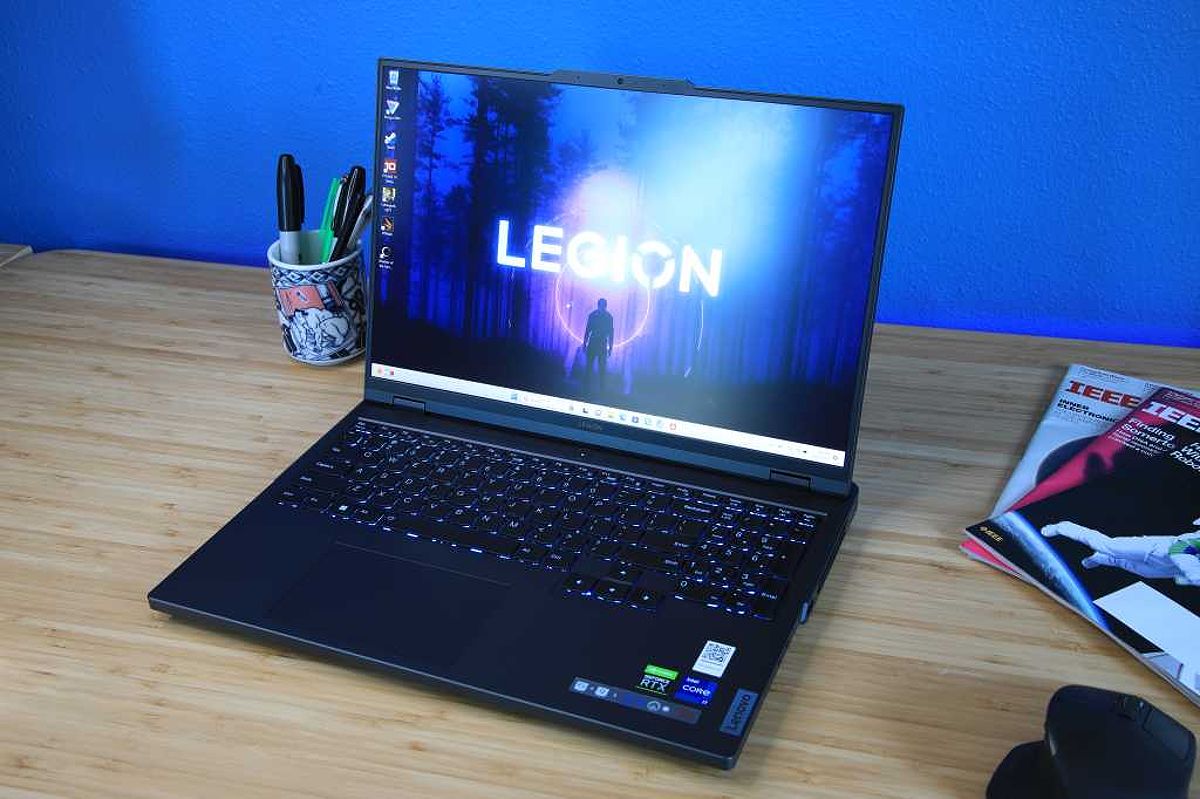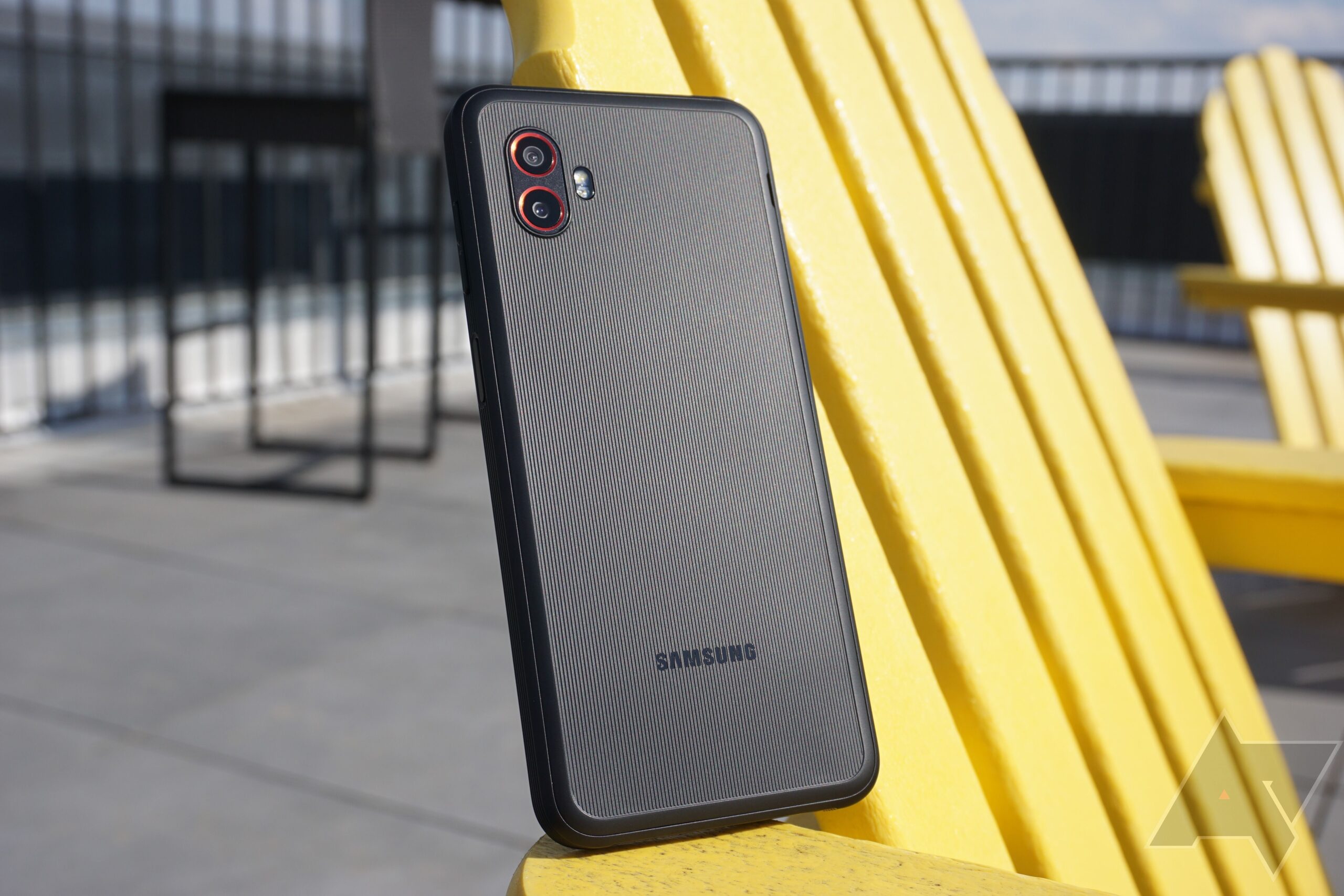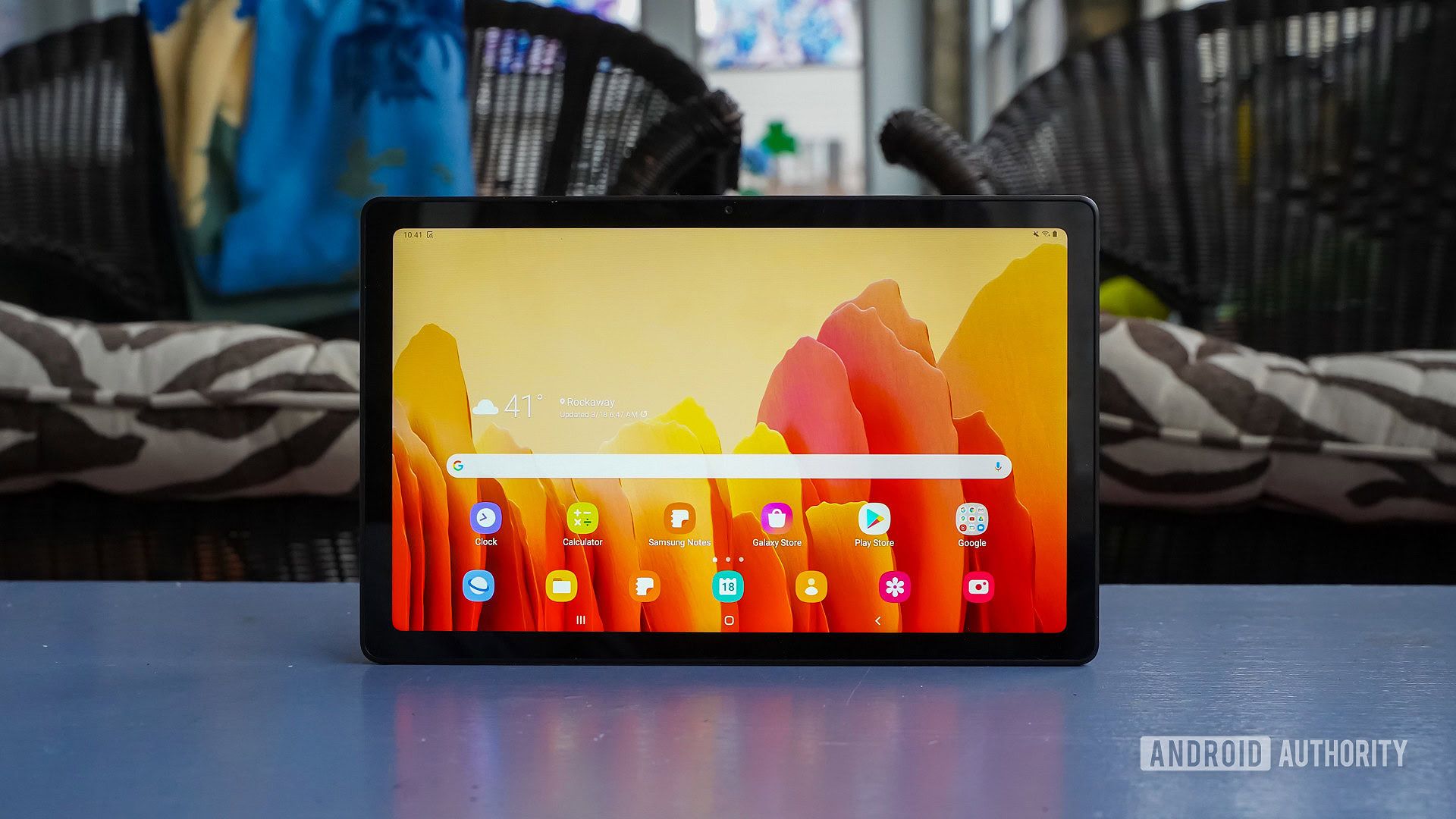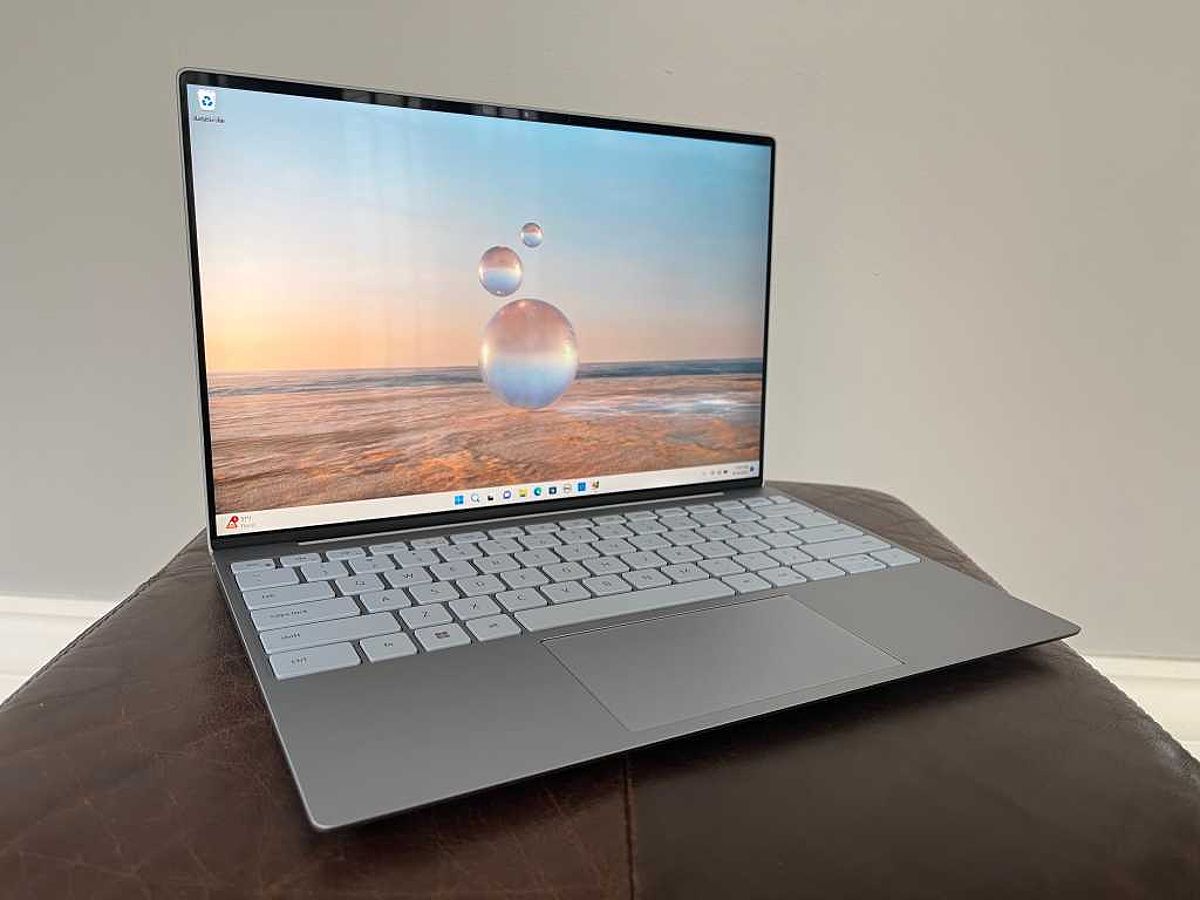Intel Hd Graphics Vs. Nvidia: Which Is Best For Gaming In 2023?
Are you a gamer looking to upgrade your PC or build a new one? Choosing the right graphics card is crucial for a smooth and immersive gaming experience. Two popular options are Intel HD Graphics and Nvidia GPUs, but which one is the best for you?
This guide will delve into the key differences between Intel HD Graphics and Nvidia GPUs, comparing their performance, features, and price-to-performance ratio, ultimately helping you make an informed decision that aligns with your gaming preferences and budget. We’ll explore the pros and cons of both options and highlight their strengths and weaknesses for various gaming scenarios.
Understanding Integrated vs- Dedicated Graphics
The debate of Intel HD Graphics vs. Nvidia begins with understanding the fundamental differences between integrated graphics and dedicated graphics cards. Each has its own unique features, benefits, and drawbacks that cater to different types of gamers.
Intel HD Graphics: The Built-in Solution
Intel HD Graphics is integrated directly into the CPU, making it a cost-effective and energy-efficient option. It’s commonly found in budget-friendly systems and appeals to casual gamers who aren’t looking to invest heavily in their gaming setup. However, this integration comes with its own set of limitations.
The pros of Intel HD Graphics include a lower cost, typically found in budget-friendly systems, and energy efficiency, which is particularly beneficial for laptops and mobile devices. On the downside, integrated graphics often struggle with demanding games, especially modern titles that require higher frame rates and visual fidelity. Additionally, since Intel HD Graphics shares system RAM and CPU resources, performance can be impacted by other running processes, leading to potential bottlenecks.
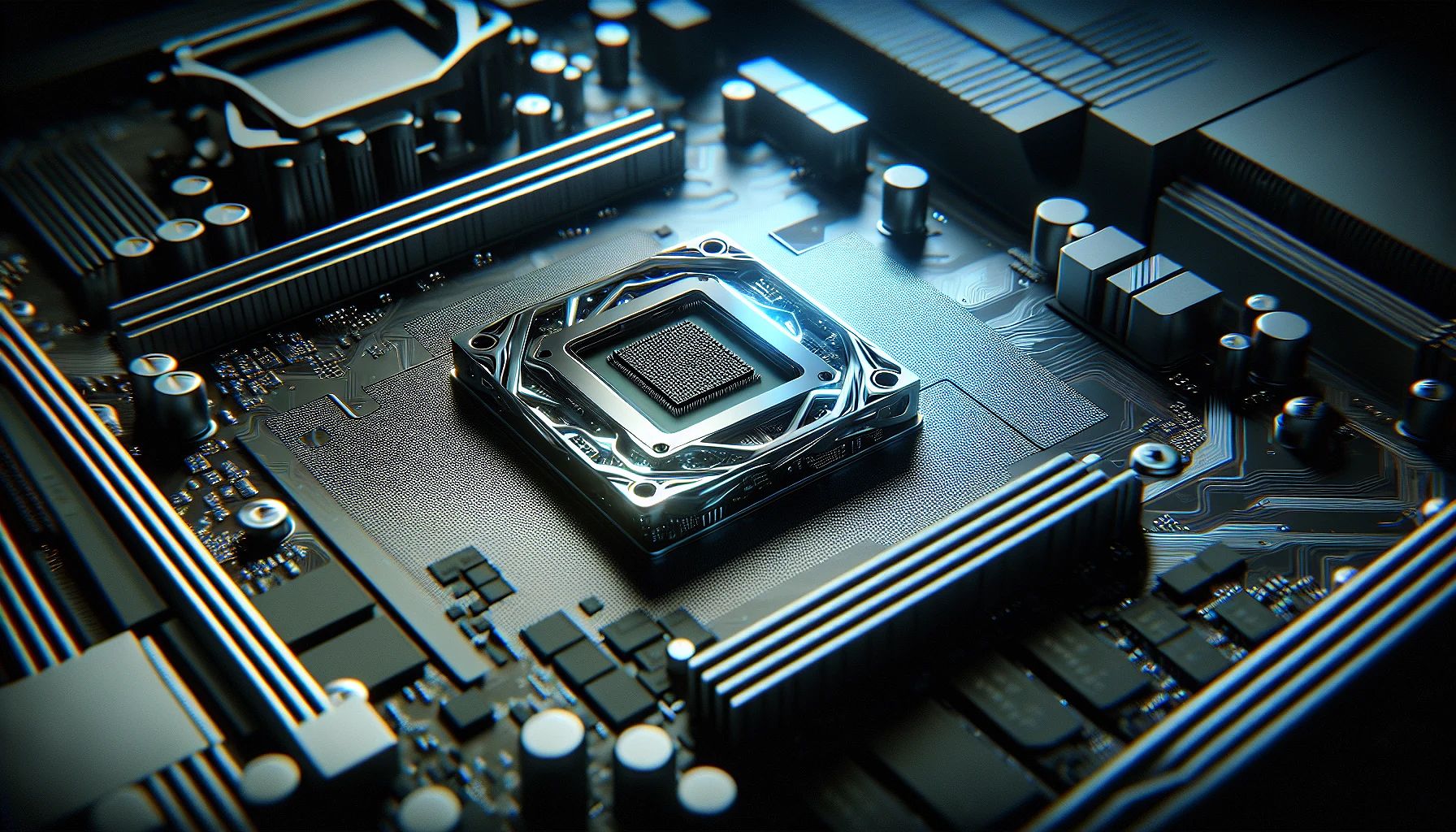
Nvidia GeForce: The Dedicated Powerhouse
On the other hand, Nvidia GeForce cards are designed specifically for high-performance gaming. These dedicated graphics cards come with their own memory (VRAM) and processing power, enabling them to handle even the most graphically intensive tasks with ease.
The pros of Nvidia GeForce cards include high performance, capable of running the latest games at high settings and resolutions, dedicated memory that ensures graphics processing is not hindered by the limitations of shared system memory, and advanced features like ray tracing and DLSS (Deep Learning Super Sampling), which enhance visual quality and performance. The cons are a higher cost compared to integrated Intel HD Graphics solutions and increased power consumption, which can impact battery life on laptops and require a more robust power supply in desktop systems.
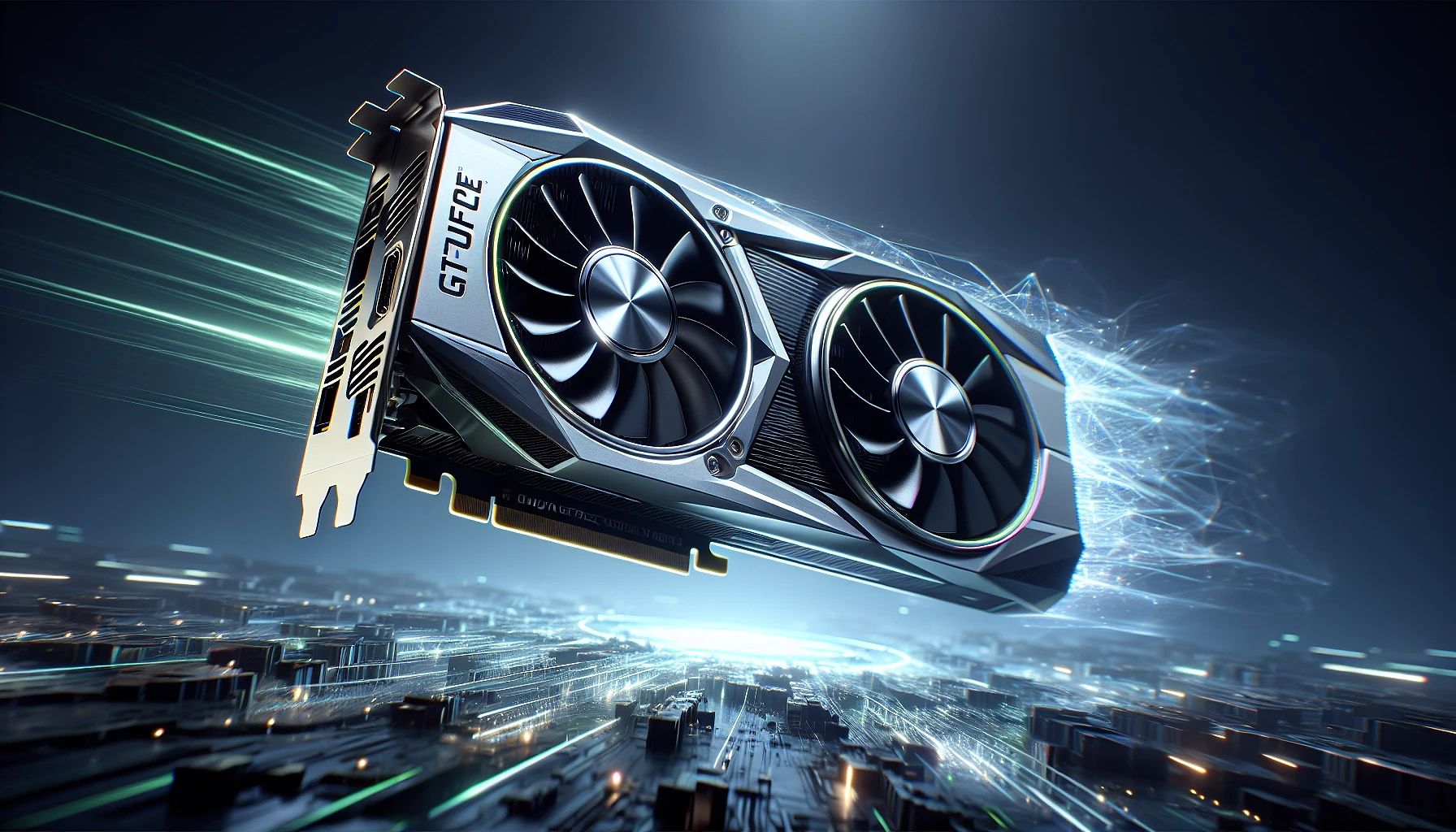
Gaming Performance: Intel HD Graphics vs- Nvidia
When comparing gaming performance in the Intel HD Graphics vs. Nvidia showdown, the gap is unmistakable. Nvidia’s dedicated graphics solutions consistently outperform Intel’s integrated offerings, delivering higher frame rates and superior visual quality in modern games.
Frame Rate and Visual Quality
In terms of gaming performance, the difference is stark. For instance, in a demanding game like Cyberpunk 2077, an Intel Core i5-1135G7 with Intel HD Graphics 750 may struggle to maintain a stable 30 frames per second (FPS) at 1080p resolution with low settings. Meanwhile, an Nvidia GeForce RTX 3060 can easily push the game to 60 FPS or higher at 1080p with high settings, providing a much more immersive and fluid gaming experience.
The visual quality discrepancy is also quite apparent, with Nvidia’s cards able to showcase more detailed textures, realistic lighting, and advanced graphical effects that simply aren’t possible with Intel HD Graphics.

Ray Tracing and DLSS
One of the standout advantages of Nvidia GeForce cards is their support for advanced technologies like ray tracing and DLSS. These features, which are not available on Intel HD Graphics, can dramatically enhance the visual fidelity of games. Ray tracing accurately simulates the behavior of light, while DLSS upscales lower-resolution images efficiently, resulting in a stunning gaming experience.
For example, in games that utilize ray tracing, players can experience more realistic reflections and shadows, making the environments feel more alive and engaging. Before-and-after comparisons of visual quality in games utilizing these technologies highlight the significant improvements Nvidia provides over Intel HD Graphics.
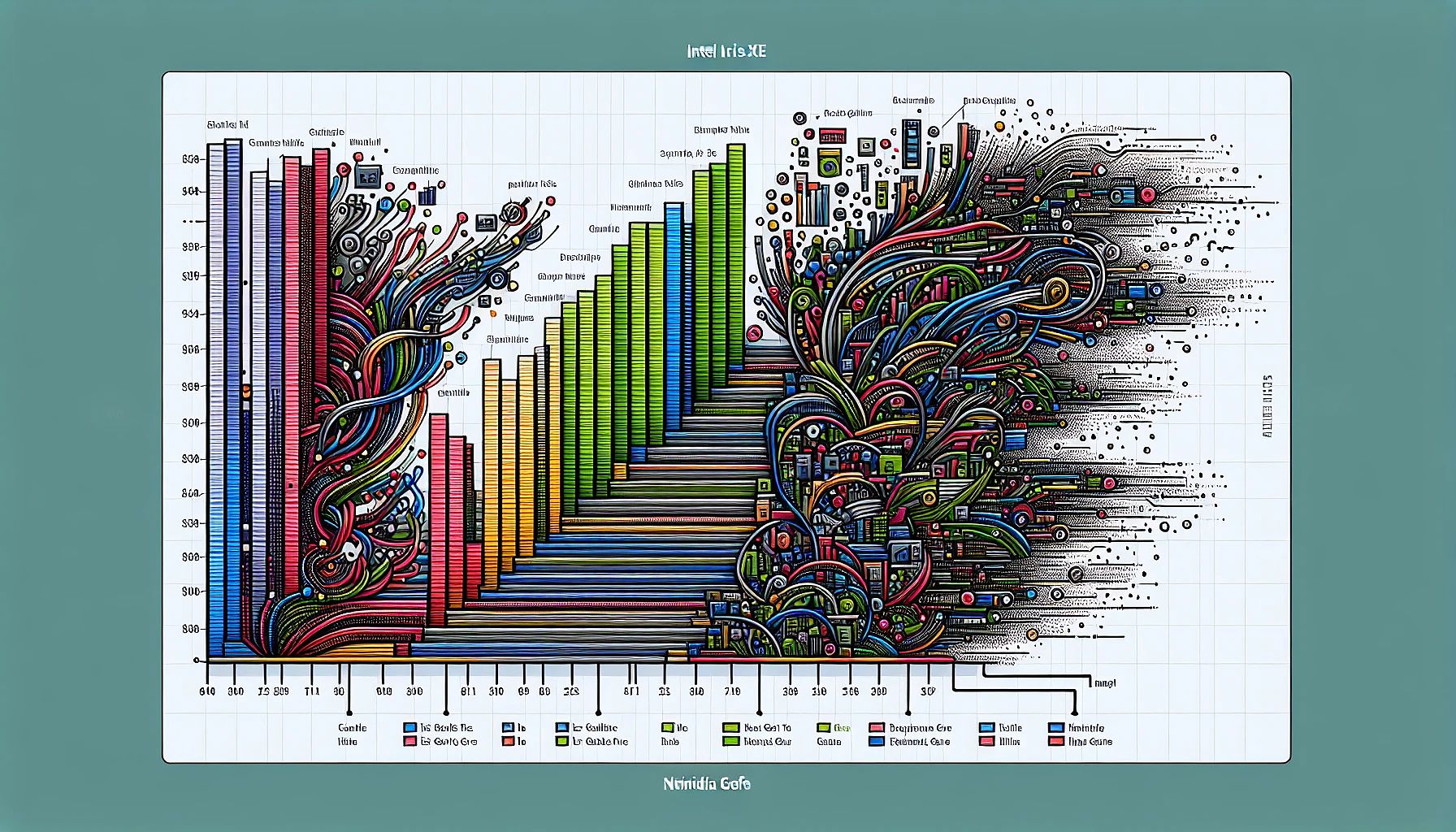
Price-to-Performance: Finding the Sweet Spot
When it comes to the price-to-performance ratio in the Intel HD Graphics vs. Nvidia discussion, both options offer viable paths for gamers depending on their budget and performance requirements.
Budget Considerations
At the lower end of the spectrum, Intel HD Graphics can provide a cost-effective solution for casual gaming or older titles. It offers acceptable performance at a fraction of the cost of a dedicated Nvidia card. However, as the complexity and graphical demands of games continue to increase, Intel HD Graphics may struggle to keep up, leading to compromises in visual quality and frame rates.
Conversely, Nvidia GeForce cards, particularly mid-range and high-end models, provide significantly better gaming performance but at a higher price point. For gamers seeking the best possible gaming experience, investing in a dedicated Nvidia card can be worth the money, providing a more future-proof and immersive gaming setup.
Value Proposition
When comparing the value proposition of Intel HD Graphics and Nvidia GeForce cards, it’s essential to evaluate your gaming needs. Casual gamers who primarily play less demanding titles may find Intel HD Graphics sufficient, while serious gamers looking for high performance and advanced features should lean toward Nvidia options.
Esports and Competitive Gaming
In the realm of esports and competitive gaming, the performance gap between Intel HD Graphics and Nvidia GPUs becomes even more pronounced. Competitive gamers require low latency, high refresh rates, and consistent frame rates to gain a competitive edge. Nvidia GeForce cards excel in these areas, offering superior performance and responsiveness that can give players a tangible advantage.
Many professional esports players and teams rely on Nvidia’s graphics solutions to maximize their in-game performance. The ability to maintain high frame rates, even at high resolutions, allows for smoother camera movements, quicker reactions, and more precise aim, all of which are crucial in the fast-paced world of competitive gaming.
Furthermore, Nvidia’s advanced features like G-Sync and low latency modes can further enhance the competitive experience by reducing input lag and screen tearing, providing a more seamless and responsive gaming environment. These technology-driven advantages have made Nvidia GeForce cards the preferred choice among esports enthusiasts and professional gamers.

Choosing the Right Graphics Solution for Your Gaming Needs
Selecting the right graphics solution in the Intel HD Graphics vs. Nvidia debate comes down to several key factors:
- Budget: Determine your available budget and how much you’re willing to invest in a graphics solution. This will help narrow down your options and guide you towards the most suitable choice.
- Performance Expectations: Consider the types of games you plan to play, their graphical demands, and the level of visual quality and frame rates you desire. This will help you identify the minimum graphics card requirements for your needs.
- System Compatibility: Ensure that the graphics solution you choose is compatible with your existing PC components, such as the power supply, motherboard, and CPU.
- Future-Proofing: Opt for a graphics solution that offers enough headroom for future gaming needs, allowing you to enjoy the latest titles without having to upgrade too soon.
By carefully weighing these factors, you can make an informed decision and choose the graphics solution that best fits your gaming needs and budget, whether it’s an Intel HD Graphics-powered system or a Nvidia GeForce-equipped rig.
FAQ
Q1: What is the minimum graphics card needed for modern games?
The minimum graphics card recommended for most modern games is typically a Nvidia GeForce GTX 1650 or an AMD Radeon RX 5500 XT. However, for the best experience, especially with demanding titles and high settings, you’ll want a more powerful card.
Q2: Can I upgrade my Intel HD Graphics to a dedicated Nvidia card?
Yes, but it requires a complete system upgrade, as the motherboard, power supply, and potentially other components may need to be replaced.
Q3: Is it worth upgrading from an older Nvidia card to a newer one?
It depends on the age and performance of your current card, the games you play, and your budget. If you’re experiencing performance issues or want to take advantage of newer features like ray tracing and DLSS, upgrading might be worthwhile.
Conclusion
In the battle of Intel HD Graphics vs. Nvidia, the decision comes down to your specific needs, budget, and performance expectations. While Intel HD Graphics offers a cost-effective solution for casual gamers, Nvidia GeForce cards clearly excel in terms of raw gaming performance, visual quality, and advanced features.
If you’re a serious gamer looking for the best possible experience, invest in a dedicated Nvidia GeForce card. However, if you’re on a tighter budget or with less demanding gaming requirements, Intel HD Graphics can still provide a satisfactory gaming experience.
Stay informed about the latest developments in graphics technology and understand the strengths and weaknesses of both options to make the most informed decision for your gaming needs.
MORE FROM snapflicks.net

